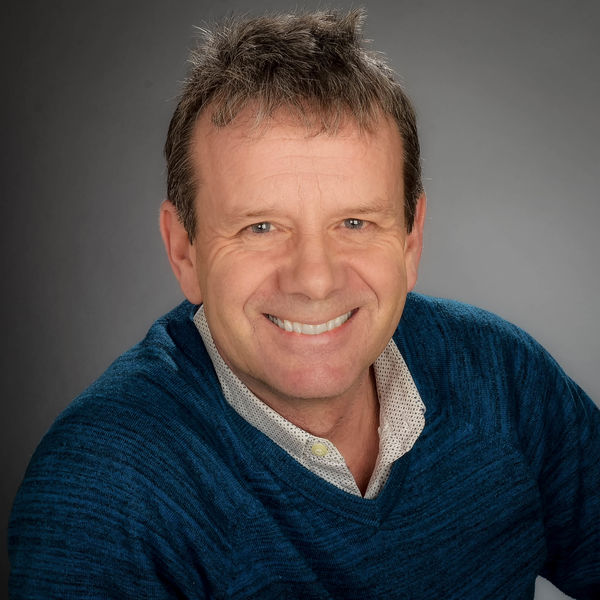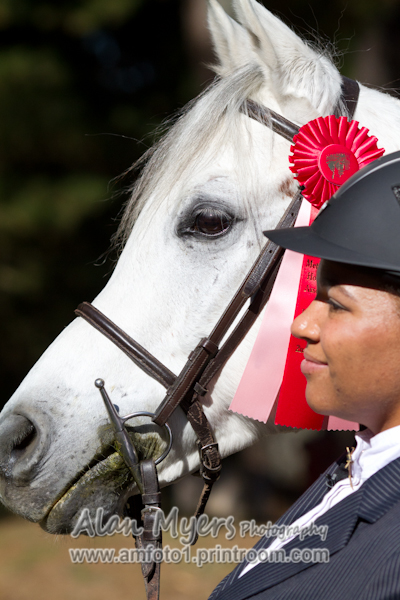Portraits with 50mm Lenses
Jul 18, 2018 22:37:08 #
To get the portrait you want with a 50 mm on a crop sensor, you will find that you have to increase the distance to the subject. This will help to eliminate the foreshortening distortion that you will get using that lens on a non-crop sensor. The distortion is related to both the focal length and distance to the subject. I sometimes try to create the distortion, by using a shorter focal length lens and moving closer to the subject. I enjoy using a fisheye for such effects.
Jul 19, 2018 05:49:25 #
mrchunko wrote:
I purchased a Canon 50mm f/1.8 lens for some portraiture I have coming up soon. How best do I get full benefit from this lens? I’ve watched some tutorials on YouTube and according to these experts and go-to folks, the results that can be obtained are stunning. I’m doing a run through with a friend to make sure I’m fairly proficient with this lens before actually doing the scheduled shoot. Anyone have suggestions/cautions, that might be helpful? Appreciate all your assistance!
On a crop factor Nikon or Pentax a 50mm gives the perspective of a 77mm lens, a really short portrait lens. Usually portrait lenses on 35mm Film or Full Frame digital cameras are 85mm to 105mm. On a Canon APS-C you would get like a "80mm" lens.
Jul 19, 2018 06:22:40 #
SharpShooter wrote:
mr, welcome to the Hog! br When I start to read th... (show quote)
I think maybe that was his point and part of his original question perhaps I’ll be at inadvertent. And should not to be chastised for ignorance but to be informed of it so that he could and would make better and not informed decisions. If he knew everything about what he was doing he wouldn’t need to ask a question now would he.
Jul 19, 2018 06:30:17 #
Jul 19, 2018 07:37:59 #
Personally, I'd have preferred to read that you purchased an 85, 105, or 135mm lens for some portraits you have scheduled.
--Bob
--Bob
mrchunko wrote:
I purchased a Canon 50mm f/1.8 lens for some portraiture I have coming up soon. How best do I get full benefit from this lens? I’ve watched some tutorials on YouTube and according to these experts and go-to folks, the results that can be obtained are stunning. I’m doing a run through with a friend to make sure I’m fairly proficient with this lens before actually doing the scheduled shoot. Anyone have suggestions/cautions, that might be helpful? Appreciate all your assistance!
Jul 19, 2018 08:28:20 #
billnikon
Loc: Pennsylvania/Ohio/Florida/Maui/Oregon/Vermont
mrchunko wrote:
I purchased a Canon 50mm f/1.8 lens for some portraiture I have coming up soon. How best do I get full benefit from this lens? I’ve watched some tutorials on YouTube and according to these experts and go-to folks, the results that can be obtained are stunning. I’m doing a run through with a friend to make sure I’m fairly proficient with this lens before actually doing the scheduled shoot. Anyone have suggestions/cautions, that might be helpful? Appreciate all your assistance!
With portraits you want to make the model look as good as possible. With that in mind the longer the lens the flatter the face (so to speak). My working area for portraits is a minimum of 75 mm and better at 100 to 200 mm. My favorite portrait lens is my 70-200 2.8 FL Nikon. You also want the background well out of focus, another reason to use longer lenses. You can, with a 50, get close to blow out the background but portions of the face may be out of focus due to a limited depth of field. Also, working close with a 50 could cause distortion to the facial features (making some areas of the face larger than it should be).
However, if your using a 50 on a crop sensor, and you mentioned Canon (which has a crop factor of 1.6) resulting in an effective focal range of 80mm, now with this effective focal range you should be able to get very reasonable results keeping in mind to focus and lock focus on the models eyes, as long as they are in focus, you should be OK. BUT, I would still recommend shooting at a little further away and then you can crop later, say, the face should take up at least 1/2 but no more than 70% of the frame. Leaving room to crop later. I would also recommend starting out shooting in full shade (in a forest or really heavy shade, and have you model turn toward the suns direction, you can get fill flash effects without the flash this way and get nice smooth results on the models face). Good luck and keep on shooting until the end.
Jul 19, 2018 08:33:23 #
amfoto1 wrote:
If you are using one of the Canon APS-C sensor cam... (show quote)



That about covers it.
Jul 19, 2018 09:04:22 #
You did not mention the camera that you will use with the lens. A 50mm lens is excellent for portraits specially 3/4 views of the subject. With a crop sensor it could do better than a full frame camera for head and shoulder although portrait photographers prefer the 85mm lens.
The 50mm lens is most probably the best corrected lens of all photographic optics and they are fast enough to be used in low light.
The 50mm lens is most probably the best corrected lens of all photographic optics and they are fast enough to be used in low light.
Jul 19, 2018 09:11:44 #
lloydl2 wrote:
It would be helpful to know what camera and whether it is a crop sensor or full frame...
I have a cropped sensor camera (70D Canon) and found that the 24mm lets me get a reasonable distance from the subject. The 50mm would push me further away than I want to be.
Jul 19, 2018 09:26:29 #
Alafoto
Loc: Montgomery, AL
dyximan wrote:
I think maybe that was his point and part of his original question perhaps I’ll be at inadvertent. And should not to be chastised for ignorance but to be informed of it so that he could and would make better and not informed decisions. If he knew everything about what he was doing he wouldn’t need to ask a question now would he.
Gotta agree. Isn't the purpose of "The Hog" to exchange ideas and help those needing advice?
Jul 19, 2018 09:30:26 #
Ignorance is curable. Stupidity is not. There is no such thing as a stupid question if you want to cure your ignorance.
Jul 19, 2018 09:38:15 #
Henri Carter-Bresson used a Lieca and 50mm les for most of his portraits. Look at his work on GOOGLE. There s also a DVD out about his life.
Jul 19, 2018 10:01:00 #
Jul 19, 2018 12:50:14 #
photoman022
Loc: Manchester CT USA
lloydl2 wrote:
probably not the best choice for head shots.. Can ... (show quote)
 It always bugs me when "experts" tout the "nifty-fifty" as an excellent portrait lens. It's not! for the very reasons you express. The old rule of thumb (for 35mm film) was 135 (mm lens) @ 12 feet. I've achieved good head and shoulder results running anywhere between 80 and 200mm. The bigger the lens, the farther away you can shoot and the greater the lens compression.
It always bugs me when "experts" tout the "nifty-fifty" as an excellent portrait lens. It's not! for the very reasons you express. The old rule of thumb (for 35mm film) was 135 (mm lens) @ 12 feet. I've achieved good head and shoulder results running anywhere between 80 and 200mm. The bigger the lens, the farther away you can shoot and the greater the lens compression.Jul 19, 2018 13:06:29 #
amfoto1
Loc: San Jose, Calif. USA
Rickyb wrote:
Henri Carter-Bresson used a Lieca and 50mm les for most of his portraits. Look at his work on GOOGLE. There s also a DVD out about his life.
Yes, HCB was known for mostly only using a 50mm lens (on "full frame" in modern lingo). But Henri Cartier-Bresson was largely a "street" photographer and photojournalist doing "environmental" portraits. Much of his work was loosely framed, allowing the viewer to see the person in their workplace or home, or shots of couples, small groupds, etc. Relatively few of his shots were "tight head shots".
https://www.google.com/search?q=henri+cartier+bresson&client=firefox-b-1-ab&tbm=isch&source=iu&ictx=1&fir=Y3ezvJNlcM4yYM%253A%252CHXwQRsvwKEPviM%252C_&usg=__rEGMzulKIpnhvqoFiMQJBYgewdA%3D&sa=X&ved=2ahUKEwij-43nzqvcAhXnxlQKHe9FD6AQ_h0wGXoECA0QEw#imgrc=_
HCB tried other lenses.... But he preferred a 50mm "normal" or "standard" lens over a 90mm telephoto because the latter's shallower depth of field made focus accuracy more critical and slower. And we're talking manual focus lenses and rangefinder cameras where you can't preview DoF. For his style of work I bet he set a middle aperture and pre-focused the lens using the distance scale a lot, too. He didn't like 35mm wide angle (there weren't many lenses any wider in the 1950s!) because he found it difficult to work with, encompassing too much, giving a wider angle of view than his eyes do with their primary vision. For a street photographer planning a quick, candid shot before lifting the camera to his eye, that might be a problem. After all, he didn't have Live View or a tiltable 3" LCD on the back of his Leica!
50mm on full frame is a "normal" lens. It's neither wide nor telephoto. When using one for portraits on film/FF, you have to be careful to not get too close with it because it risks exaggerating your subject's features. If you get right in their face with the lens it will make your subject's nose look large and their ears small, for example. The shorter the focal length, the greater the exaggeration. But it can happen to some extent even when shooting up close even with very short telephotos (a zoom at 66mm on FF below). It's an effect that can be used humorously...
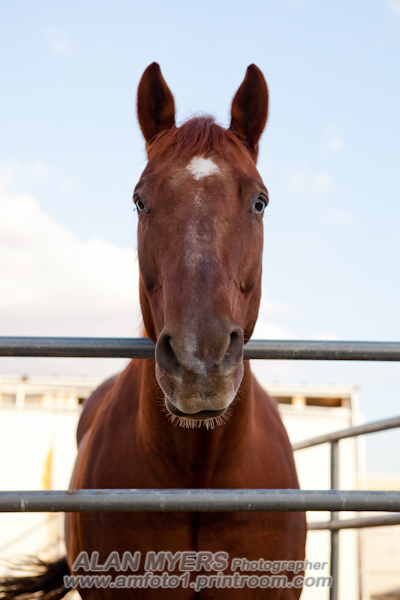
But some subjects might not find the exaggerations funny!
To be kinder to one's subjects and make a portrait that's not exaggerated, a short to moderate telephoto is generally preferred for portraiture. On FF the "classic" portrait focal lengths are lenses 70mm to 135mm. (Longer also causes distortions, but it's more subtle "compression", which might even be desirable for some things, such as fashion photography.... but requires a BIG working space).
On a Canon APS-C camera... with a1.6X "lens factor" due to the smaller sensor dimensions.... a 50mm lens "acts like a short telephoto 80mm" would on FF... nicely within the range of "ideal portrait focal lengths". At the other extreme, an 85mm lens "acts like a moderate tele 136mm" would on FF. There are 60mm, 70mmm and other prime lenses in between, as well as zooms covering this range., all of which might work well too.
In fact, personally for portraiture I prefer to use my 24-70mm on an APS-C camera instead of a full frame. I generally prefer primes for portraiture, but like to use that zoom on one of my crop cameras when shooting mobile kids and pets. Wedding photographers, on the other hand, use a 24-70mm zoom a lot on full frame. However, much of what they are doing with it are full length and environmental portraits, as well as couples and small groups.
This IS NOT to say that wider or longer focal lengths can't be used for portraiture. Of course they can!
30mm...
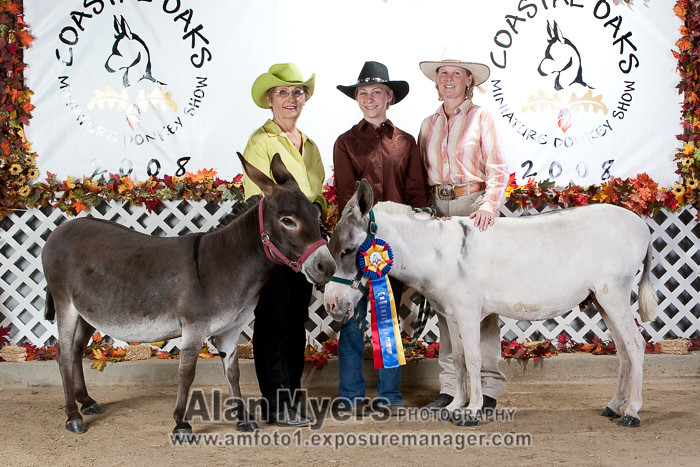
93mm...
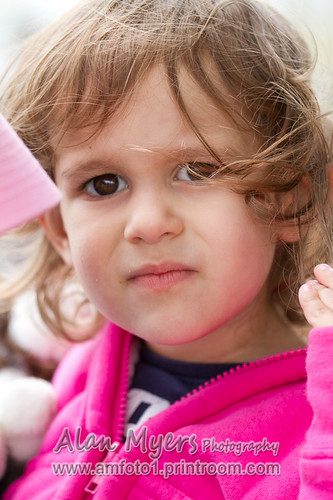
300mm...
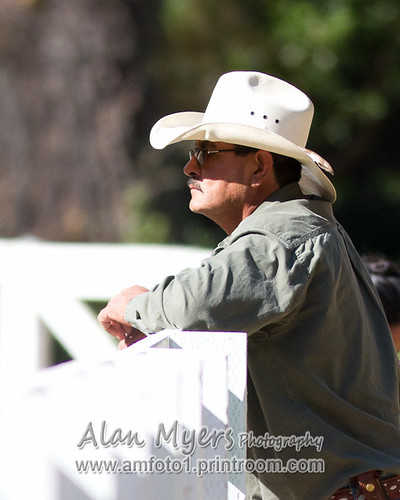
700mm...

But you have to be aware of how each type of lens will render subjects and plan around that.
Probably the most important things to learn from Henri Cartier-Bresson are to keep it simple (I fail badly!) and don't let your gear get in the way of your photography.
If you want to reply, then register here. Registration is free and your account is created instantly, so you can post right away.

